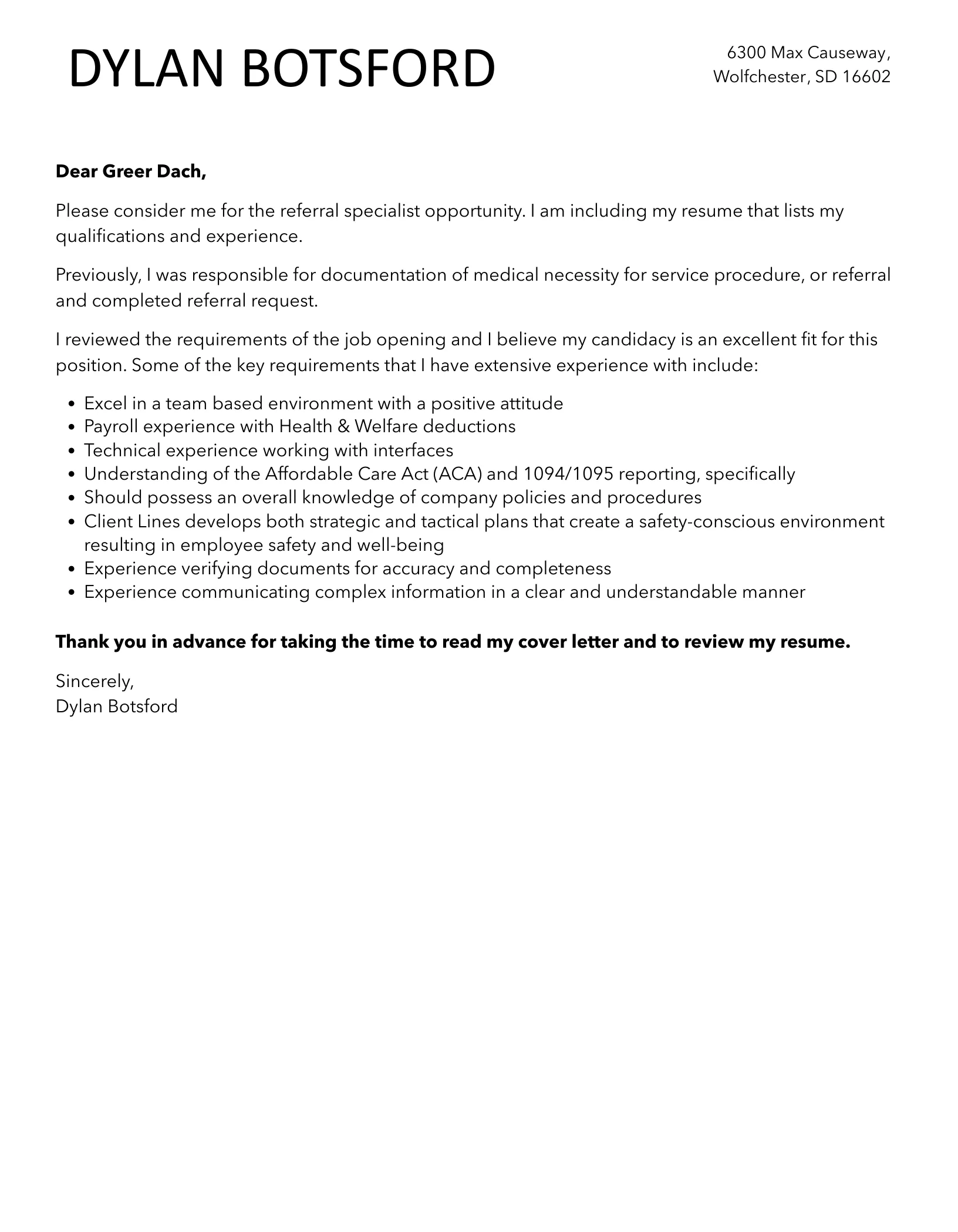Why Referral Cover Letters Matter
In the competitive landscape of job applications, securing an interview can feel like an uphill battle. A well-crafted cover letter that mentions a referral significantly increases your chances of getting noticed. It’s not just about showcasing your skills; it’s about leveraging the power of personal connections. When a hiring manager sees that you were referred by someone they know or trust, it immediately piques their interest. This introduces an element of credibility and trust that can set you apart from other applicants. This is because it shows that you have a connection within the company, which is a social proof for your candidacy.
The Power of a Referral
Referrals often carry significant weight in the hiring process. They provide a level of validation that a standard application may lack. Referrals tap into the existing network and built trust with the organization. When a current employee vouches for you, it’s a strong endorsement. It signals to the hiring manager that someone they trust believes in your potential. This can lead to more favorable consideration, potentially skipping over some of the initial screening hurdles. A referral essentially acts as a personal introduction, a vote of confidence, and a guarantee of some level of cultural fit before you even step foot in the door. (referral-power.webp)
Benefits of Mentioning a Referral
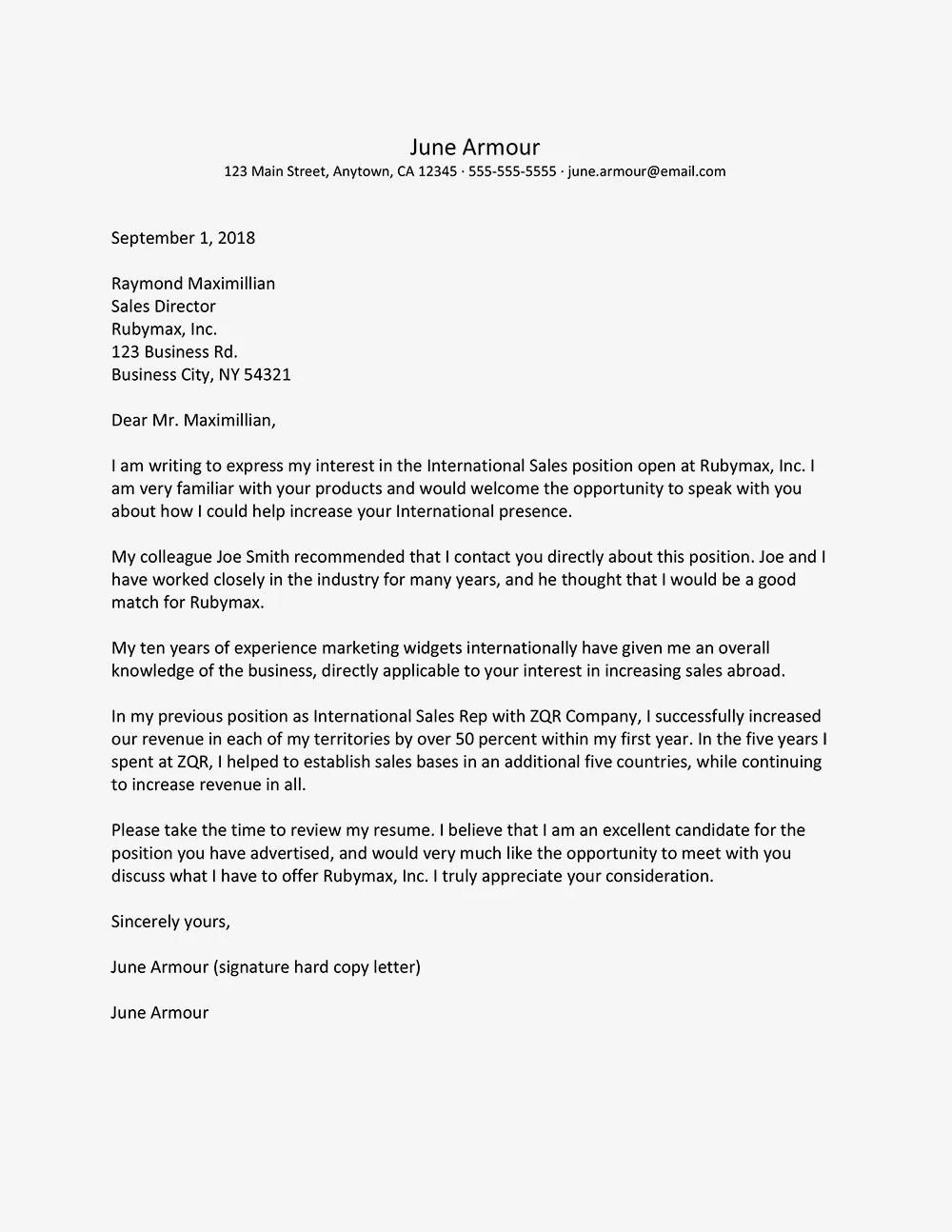
Mentioning a referral offers a multitude of benefits. It instantly grabs the hiring manager’s attention, fostering an initial interest in your application. It can lead to faster review times since your application may be prioritized over others. It creates an opportunity to highlight your networking abilities and build trust with the organization. Referrals often increase your chances of landing an interview and potentially getting hired. Moreover, demonstrating that you have a connection within the company subtly assures the hiring manager of your potential fit within the company culture. This can set you apart and highlight your potential value.
Crafting the Perfect Referral Mention
The key to a successful referral mention lies in subtlety and precision. Don’t make it the central focus of your cover letter, but rather, integrate it naturally. Begin by clearly stating who referred you and their relationship to the company. This provides immediate context and establishes the connection. Then, briefly explain how you know the person who referred you, subtly highlighting your networking skills. Finally, tailor your referral mention to the specific role and company. Make sure the referral is relevant to the position and add value. Mentioning a mutual acquaintance can increase your chances of getting noticed. (cover-letter-placement.webp)
Where to Put the Referral in Your Cover Letter
The placement of your referral mention is crucial. The optimal spot is often in the opening paragraph. This immediately grabs the reader’s attention and sets the tone for the rest of your letter. You can also include the referral mention within the body of the letter, particularly when discussing your relevant skills and experience. Wherever you choose to place it, always make sure the referral is relevant to the role you’re applying for. By clearly stating the referral at the beginning of the letter, the hiring manager immediately understands the context of your application.
The Opening Paragraph

In the opening paragraph, concisely introduce yourself and the position you’re applying for. Immediately after, state who referred you and their relationship to the company. For example, ‘I am writing to express my interest in the Marketing Manager position, as referred by John Smith, a Senior Marketing Director at your company.’ This clearly communicates the referral and establishes the connection right away.
Middle Paragraphs Highlighting Skills
As you elaborate on your skills and experience, subtly incorporate the referral again. Relate the referral to a specific skill or project. This reinforces the connection and demonstrates your understanding of the company. For instance, ‘During my time at X Company, I honed my project management skills, an area that John Smith mentioned as being crucial for success at your firm.’ This reinforces the relevance of your referral and connects it to the job’s requirements. (skills-cover-letter.webp)
The Closing Paragraph
In the closing paragraph, briefly restate your interest in the position and thank the hiring manager for their consideration. Here, you can subtly mention the referral again, expressing your gratitude to the person who referred you. You can state, ‘Thank you for your time and consideration. I am grateful to John Smith for recommending me.’ This brings the process full circle. It reinforces your appreciation for the referral.
Referral Cover Letter Examples
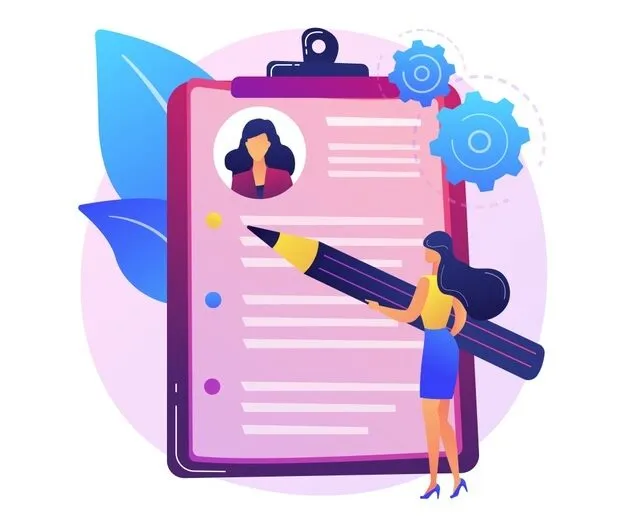
Example 1 Highlighting Skills
Dear [Hiring Manager Name],
I am writing to express my enthusiastic interest in the Senior Software Engineer position, as recommended by Jane Doe, a Lead Developer at your company. My ten years of experience in software development align perfectly with the requirements. During my time at X Company, I led a team. My experience in developing large-scale applications is in line with what Jane described as critical for success at your firm. I am confident in my ability to contribute significantly to your team and look forward to the opportunity. Thank you for your consideration.
Sincerely, [Your Name]
Example 2 Emphasizing Network
Dear [Hiring Manager Name],
I am excited to apply for the Marketing Specialist role, referred by David Lee, your Head of Marketing. We connected through industry events. My background in digital marketing, as discussed with David, resonates well with your company’s focus. My skills in digital advertising, social media management, and content creation make me a strong fit for this position. I am eager to bring my expertise to your team. Thank you for your time and consideration.
Sincerely, [Your Name]
Avoiding Common Referral Mistakes
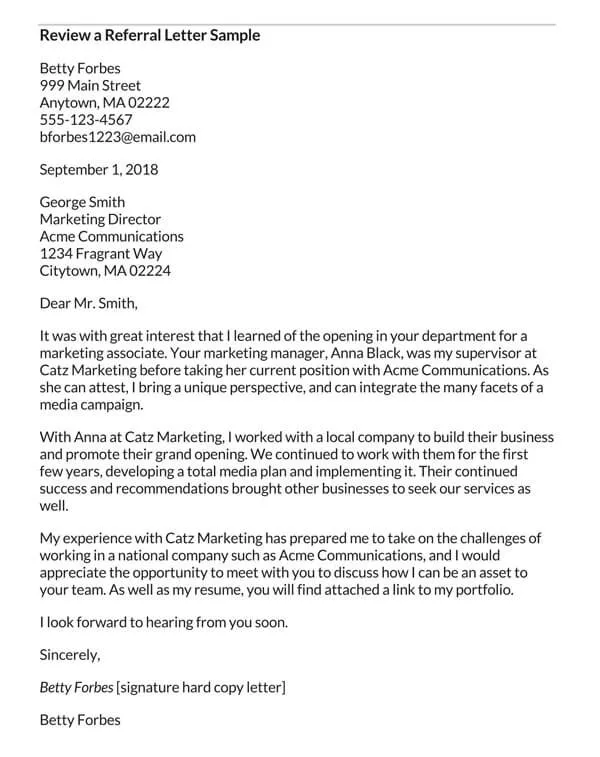
Avoid making common mistakes that can undermine your referral. These mistakes can make your letter less effective. By avoiding common pitfalls, you can increase the chances of standing out from the competition and making a positive impression on the hiring manager. Be sure to proofread your letter for errors before submitting. Ensure that the referral is relevant to the specific role and company. (avoid-mistakes.webp)
Mistake 1 Forgetting the Referral’s Name
One of the most basic mistakes is failing to include the name of the person who referred you. This omission immediately diminishes the impact of the referral. The hiring manager will be left wondering who recommended you. Always start your cover letter by clearly stating the name of the person who referred you and their relationship to the company. This provides instant context and leverages the network effect.
Mistake 2 Not Tailoring the Letter
Sending a generic cover letter to a potential employer is a mistake. Tailoring your cover letter to the specific job is crucial. It is also important to research the company and the role to demonstrate your genuine interest. Make sure your referral mention is relevant to the role and company. Showcase your skills and how they align with the requirements. Generic cover letters can give a negative impression and can be overlooked.
Mistake 3 Not Providing Value
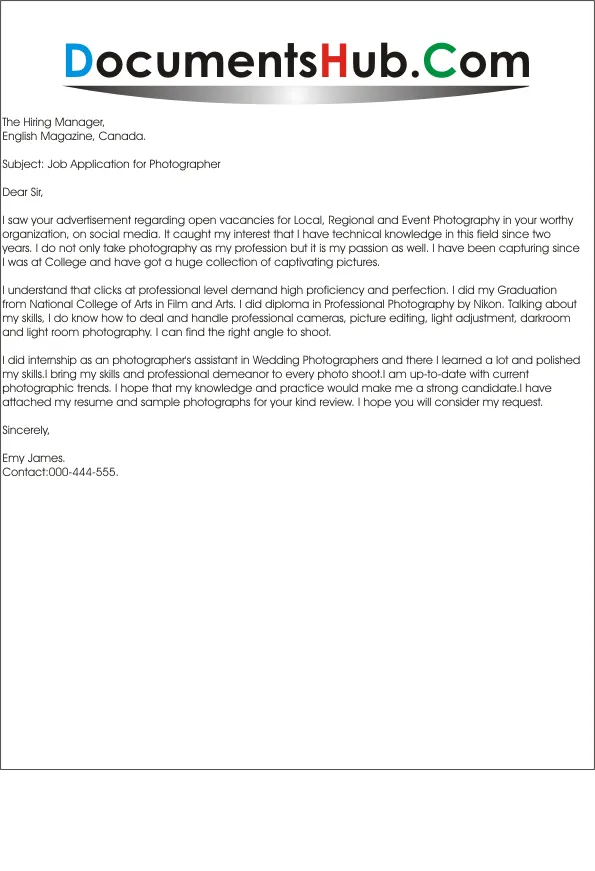
Simply mentioning a referral is not enough. You must also provide value by showcasing your skills and how they align with the job requirements. Highlight your key accomplishments. Always explain how your expertise can benefit the company. A referral will open the door, but your qualifications will determine whether you get through it.
Maximizing Your Referral Advantage
To maximize your referral advantage, proactively network and build relationships with people in your desired field. Keep in touch with your contacts. Express your interest in job openings. Seek advice on your career goals. When asking for a referral, provide the person with your resume and any additional information that may be helpful. This includes details on the role and the company. Express your appreciation for their support and guidance. This will not only make the process easier for them, but it will also increase your chances of getting the referral in the first place. (networking-success.webp)
Following Up After Submission
After submitting your cover letter, it’s a good idea to follow up with the person who referred you. Let them know you’ve applied for the role. Check with them to see if they have any further information or insights. This reinforces your appreciation and keeps the lines of communication open. It shows your engagement and helps you stay top-of-mind. Remember to express your gratitude. You also have the option of following up with the hiring manager. Give it some time, then reach out to express your continued interest.
